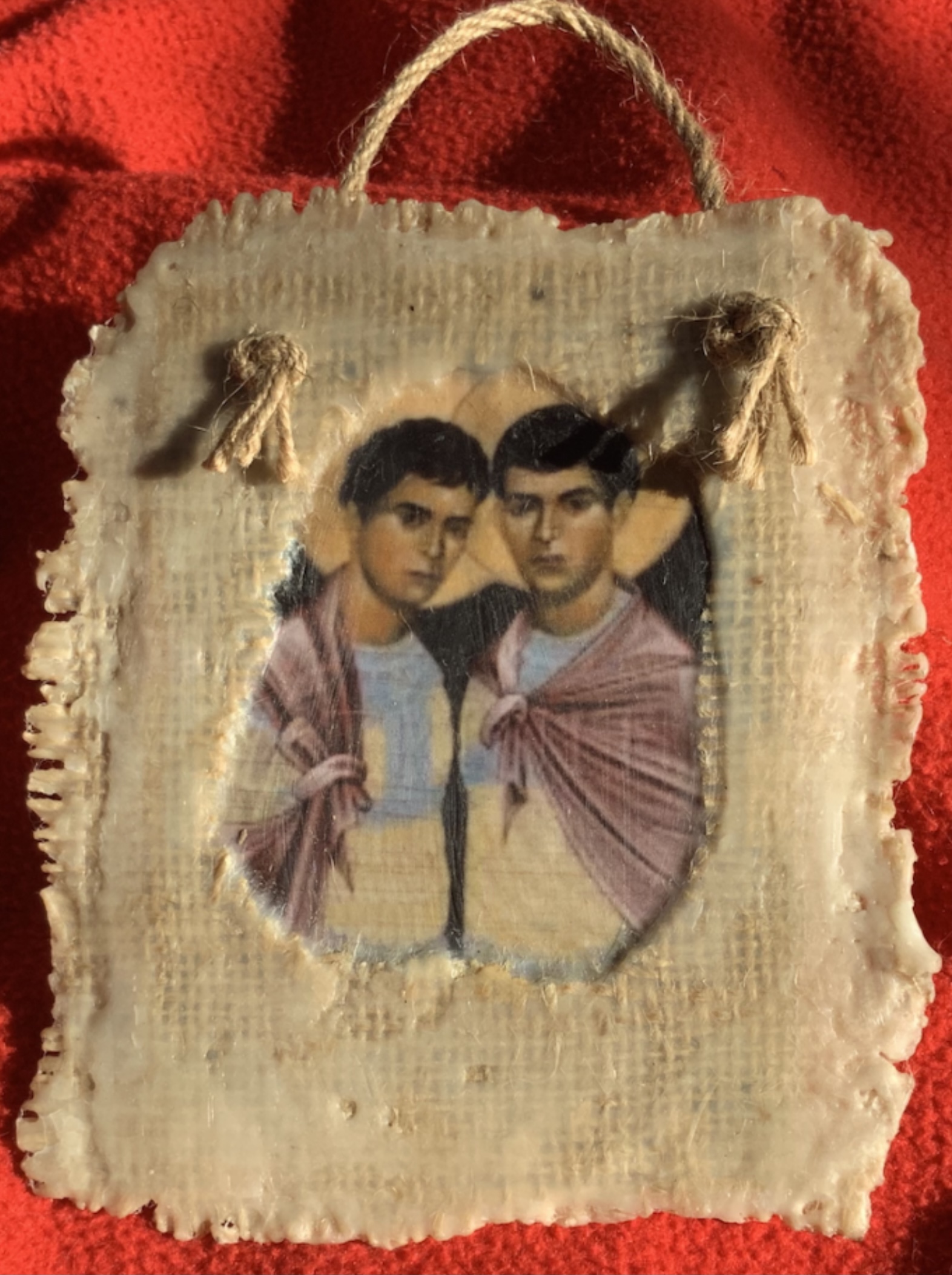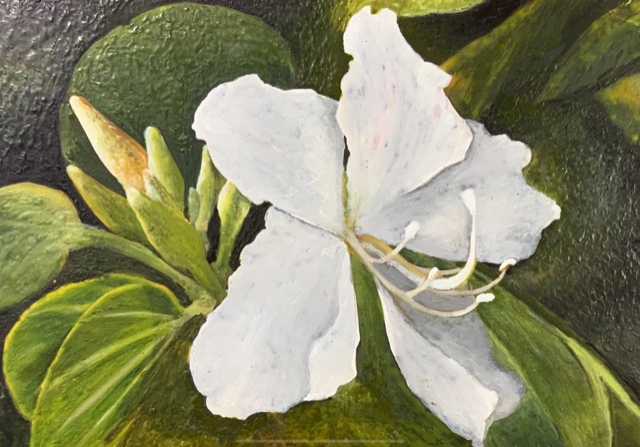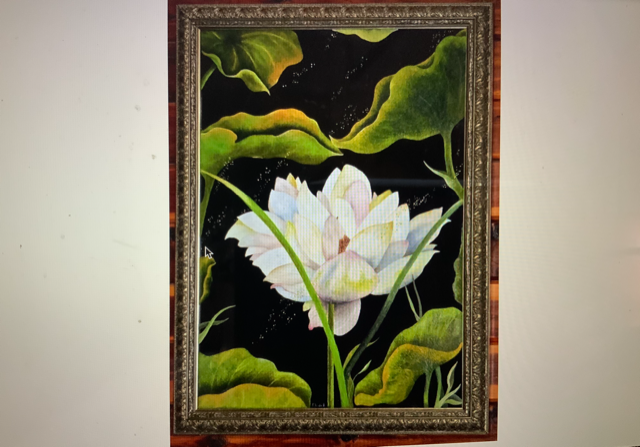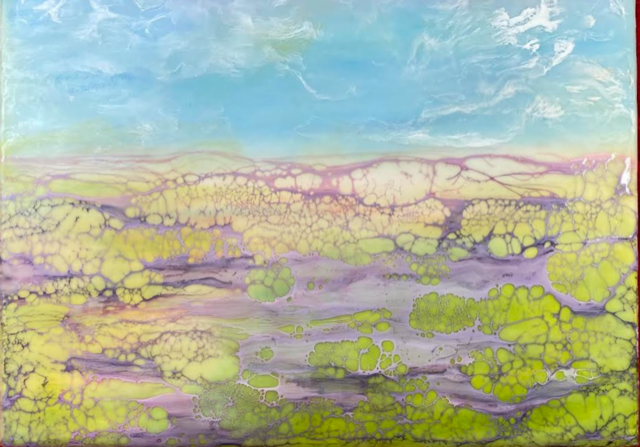Encaustic Art



The art of encaustic is an ancient art process, perhaps even the earliest. If you have seen the Egyptian portraits on the sarcophagus of the Fayum Valley then you have seen encaustic painting.
We believe the Greeks first used bees wax to patch their fishing boats. Possibly experimenting with different tree saps as a hardener and later adding pigments for color. At some point they began to paint designs on the boats using a mixture of bees wax, demar tree resin and a variety of pigments. Ptolemy wrote about the fierce appearance and colorful images on Greek war ships. We believe those images were the art of early encaustic painters using the very same materials we encaustic artists use today.
Those early Greeks painted murals in their homes and coated their statuary with encaustic as did the Romans and then the Egyptians. We believe the Greeks introduced the process to various cultures of the Fayum Valley of Egypt, a popular trading port of the time. Many different people and cultures lived in the area, hence the famous Fayum ‘mummy portraits’ exhibit a variety of ethnicities.
Although there are fragments of Greek and Roman encaustic art in existence, the best known examples of encaustic art are the Egyptian portraits found on the sarcophagus of the Fayum. These portraits are over 2000 years old and are exhibited in museums around the world today, yet their color and translucency has withheld the tests of time.
The process of producing encaustic art requires that each layer or application of wax, applied with a heated tool, be heat sealed to the previous layer otherwise temperature changes can cause the layers to separate and fall away. This is done with either flame from a torch, high heat dryer or iron. With each sealing the artist takes a chance that the previous layer will be disturbed by overheating and the image radically altered.
The basis of encaustic art has remained the same down through the ages. Pure bees wax, demar tree resin and natural pigments. The encaustic tools and heating plates we use today are probably very much the same as those used by early encaustic artists with the difference being, we now have electric implements. Still, perhaps because of the complexity of manipulating the tools and materials involved, encaustic art has come and gone out of favor throughout the years. Jasper Johns as well as Diego Rivera are two well know artists that produced encaustic art during their careers.



